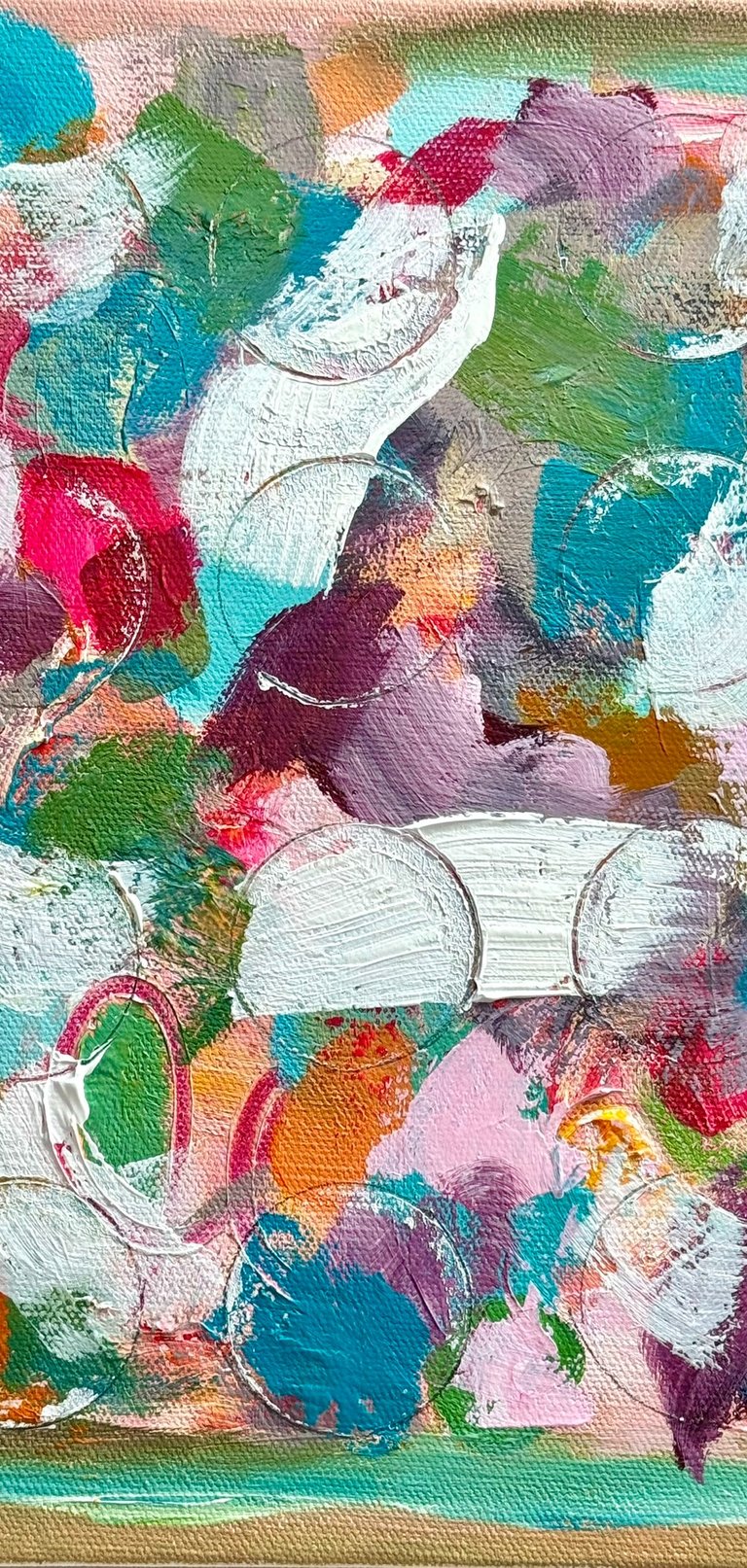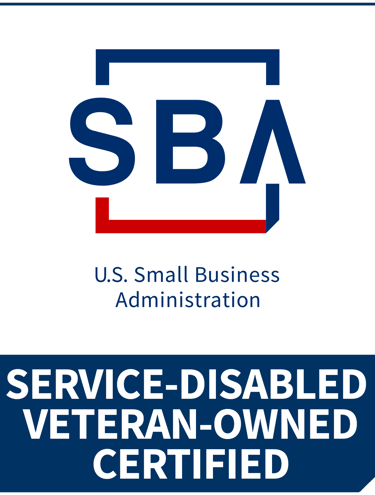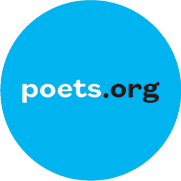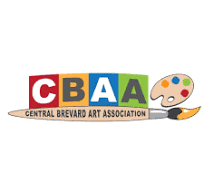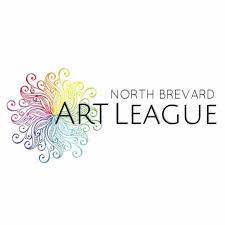
Supply Lists
Mixed-Media Mondays "MMM"
So you're planning to join us. Fantastic! You may be wondering... What should I bring? Supplies will be everything but the kitchen sink! :) It's the nature of mixed-media art, and we're exploring tools, techniques, and materials during our studio time at the Central Brevard Art Association.
I recommend starting with what you have before investing in new materials/supplies. One of the best parts of mixed-media art-making is the simplicity (and variety) of tools that provide the elements we create— marks, shapes, textures, and layers.
To that end, review the projects and suggested supplies/materials as they're added, bring what you already have, and try out new supplies and materials I'll provide.
Use what you have
Discover what you like
In addition to instruction, I provide consumable supplies and materials to help you explore and discover the ones you like best. The $20 per semester supply fee covers the cost of those items.
Recommended Supplies
Some items are recommended if you'll be attending classes regularly or learning the basics and diving into mixed media on your own.
An art journal/notebook with paper that will withstand wet and dry media. My go-to art practice pads are Strathmore 400 Mixed Media, Canson Watercolor, and hand-bound journals/notebooks with various (prepped) papers.
A glue stick and matte gel medium. I prefer Uhu glue sticks and Liquitex matte gel medium. Elmer's Glue Sticks and Mod Podge work great, too. *See the next item for applying.
Inexpensive brushes you don't mind destroying. My go-to (cheap) brushes include chip brushes of various sizes, student-quality brushes on sale, and sponge brushes. You'll use these to apply adhesives and mediums, and to create texture.
Project Brushes for acrylics and watercolors. Student-quality brushes are perfect for practice. But as an artist, you probably have artist-quality brushes in your studio. Feel free to bring them. Various shapes and sizes will help you achieve the results you're after as you work on projects.
Various papers in sizes you want to work with. I recommend watercolor paper, mixed-media paper in black and white, *ephemeral papers such as repurposed book pages, discarded menus + flyers, envelopes, outdated calendars, repurposed book pages, and discarded printer paper. *I'll be showing ways to prep non-art papers.
Tools
These non-consumable tools will be on hand each week:
rulers
scissors
tweezers
water buckets
What do I need for the session I'm attending?
When you register for a class, I'll send you a list. That way, I know to expect you and you can ask any questions you have before the class. I'm always happy to answer what I can!
In my mixed-media toolbox
I'm often asked what I use in my mixed-media art practice. The easier question to answer is what I don't use! I experiment with most tools, techniques, supplies, and materials. And most I keep in my toolbox. In no particular order, here's what's in my studio right now...
papers of every size, color, and source— art and non-art
discarded office supplies— file folders, index cards, time cards, Rolodex cards (and holder), card boxes, outdated calendars, sheet protectors, clear overhead projector sheets (remember those??)
vintage books
repurposed cardboard and paper holders
rulers (wood, plastic, metal) in various sizes
cutting tools: scissors, die cuts, utility knives, metal rulers, cutting boards & mats (and yet I rough-cut or tear most of my pages!)
water buckets & jars
brushes in every size, shape, and quality
pastels - student and artist quality
color pencils (water-soluble and not)
graphite pencils B to H, charcoal (vine, compressed, and pencils - in black, brown, white)
Stabilo "All" pencils
China Marker ("grease" pencils)
paints— acrylic and watercolor, paint markers, fluid, heavy body, hand-mixed, craft/student quality and artist-quality
various mediums— molding paste, glazing medium, gel medium, extender, gesso in white, black, clear
workable fixative, sealants
inks— India, block printing, screen printing
adhesives— masking tape, artist tape, washi tape, gel medium, glue sticks
pens and markers from 0.3 - EXTRA CHUNKY - gel, paint, ballpoint
stencils, stamps, lino-cut materials and tools
photography
discarded magazines, room keys, jar lids (and other circle sizes)
clips (bull, binder, and paper in various sizes)
paint chip cards from the big box stores
cotton swab/Q-tips
book binding materials
tweezers, needles, toothpicks, chopsticks
twigs, leaves, branches, seashells, rocks, sand, rusty metal pieces
vintage textiles
There are many more things, but this gives you an idea of what a mixed-media art studio looks like. We'll be talking about these in class. Feel free to bring your questions. We can explore and discover together!
